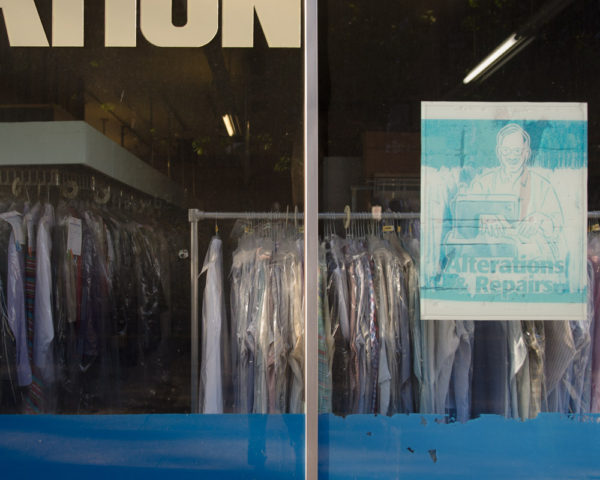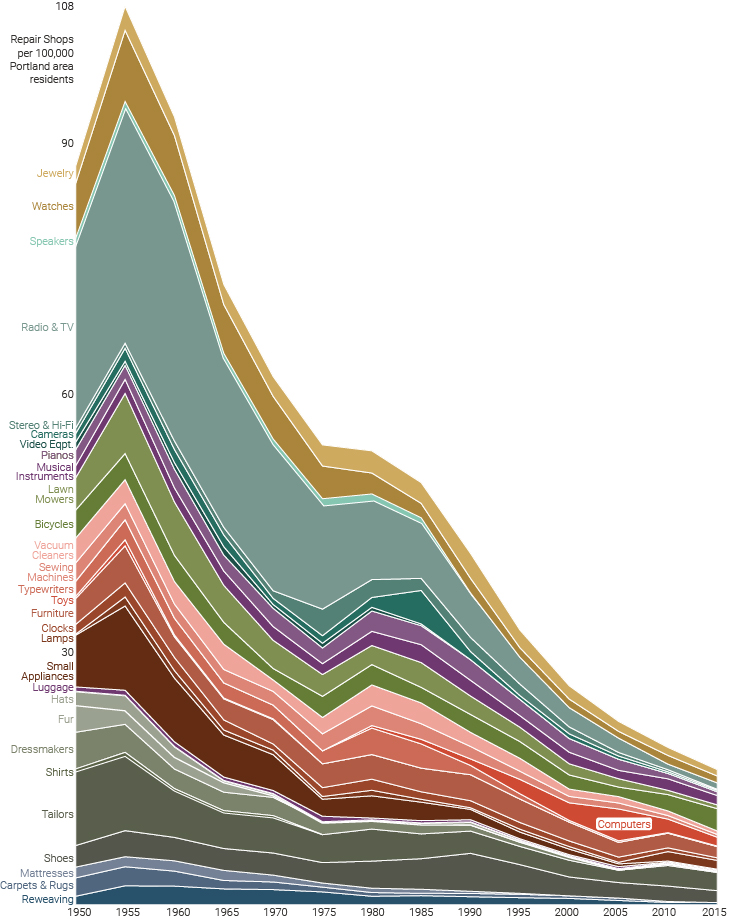Portland’s repair shops have been disappearing for the last 60 years. There’s now less than a sixth of the 1955 level. I compiled listings for repair shops from archived phone books to explore the decline of repair trades. The results are shown in the graph below:
Repair shops peaked in the 50s, and have declined ever since. Part of the decline is due to product durability. For instance, radios and tvs were a huge segment of the market in the 1950s, when they were made with vacuum tubes that burned out and needed replacement. Transistors, common after the mid 60s, need no maintenance.
Within the overall decline, it’s possible to see trends among individual categories.
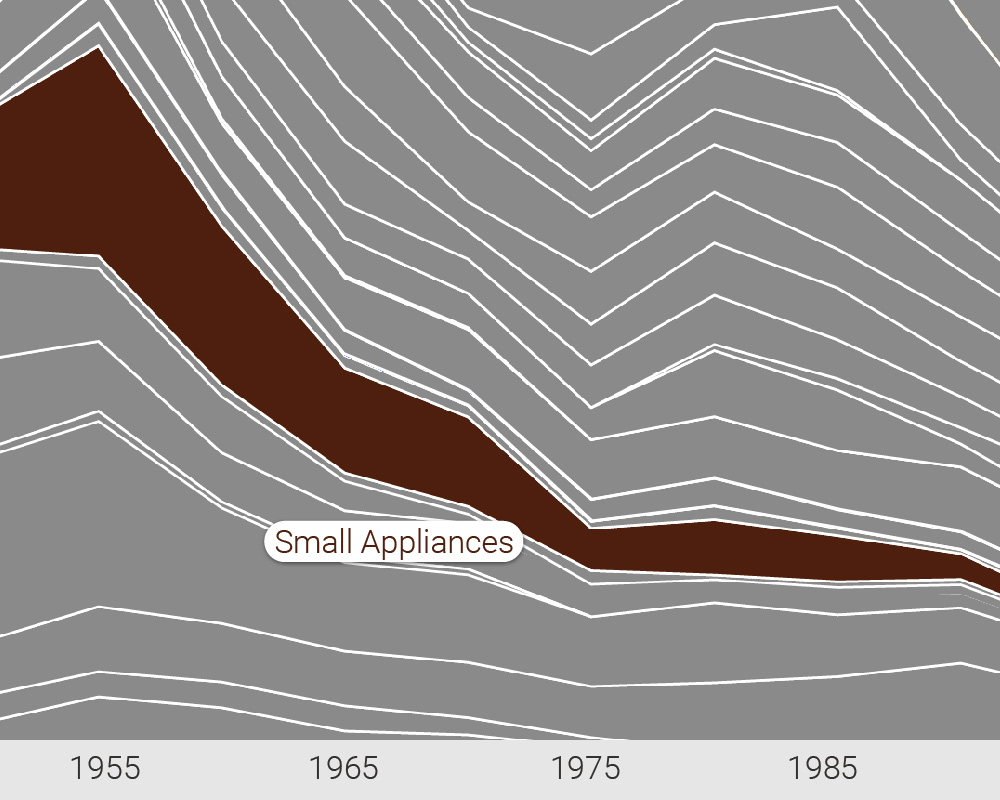
Small appliances have become disposable over time.
Small appliances have declined slowly. They are now cheap enough that we replace them when they break. Even if parts are available, they’re not usually worth the cost of repair. And because they’re sold cheap, they’re also made cheap—made with plastic parts that can break, or glued together in a way that prevents access for repairs.
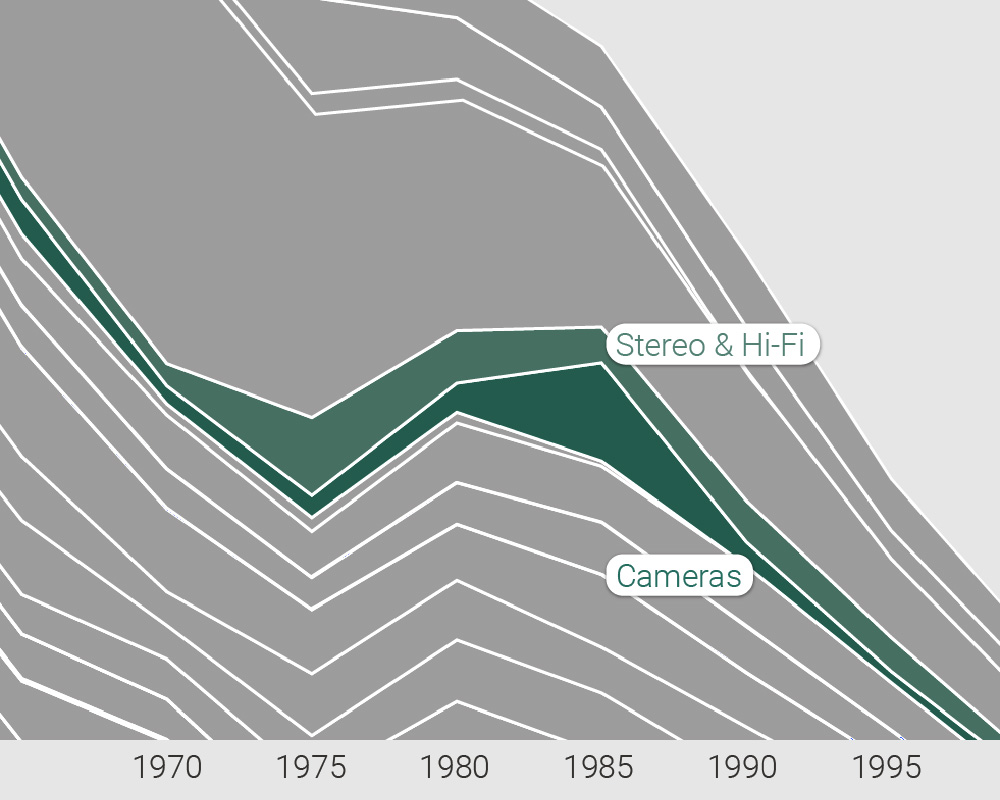
Stereo systems and cameras gained popularity in the 70s and 80s, and repair shops grew to match.
The data reflects some consumption trends— stereos and cameras both gained popularity in the 70s and 80s. The original products– component stereo systems and 35mm film cameras– were often high-end, made to last and serviceable, but as cameras and stereos grew cheaper and miniaturized over time, repairability was designed out.
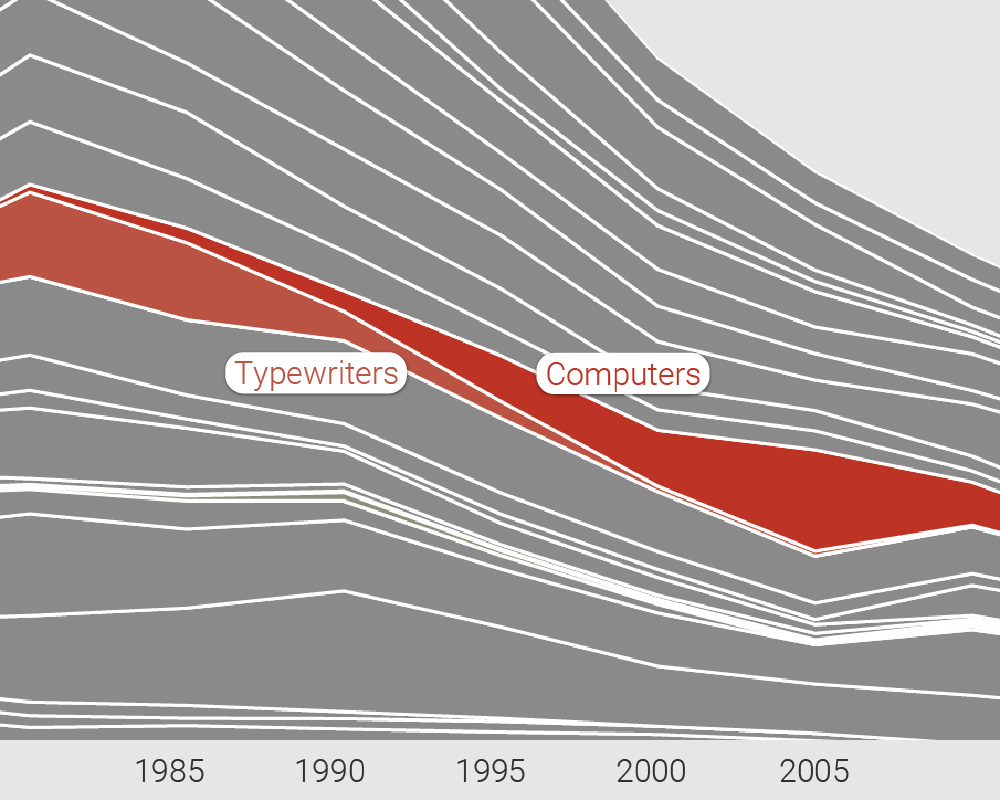
Typewriter repair shops grew slowly over time, then were quickly replaced by computers shops.
Computer shops quickly replaced typewriter shops, and peaked in 2005— the beige box era of computers. These computers tended to have more problems than modern ones, and their modular design enabled replacing individual components. Modern computers often have many components on a single circuit board. Because a repair requires replacing the whole board, it often costs more than the computer is worth.
